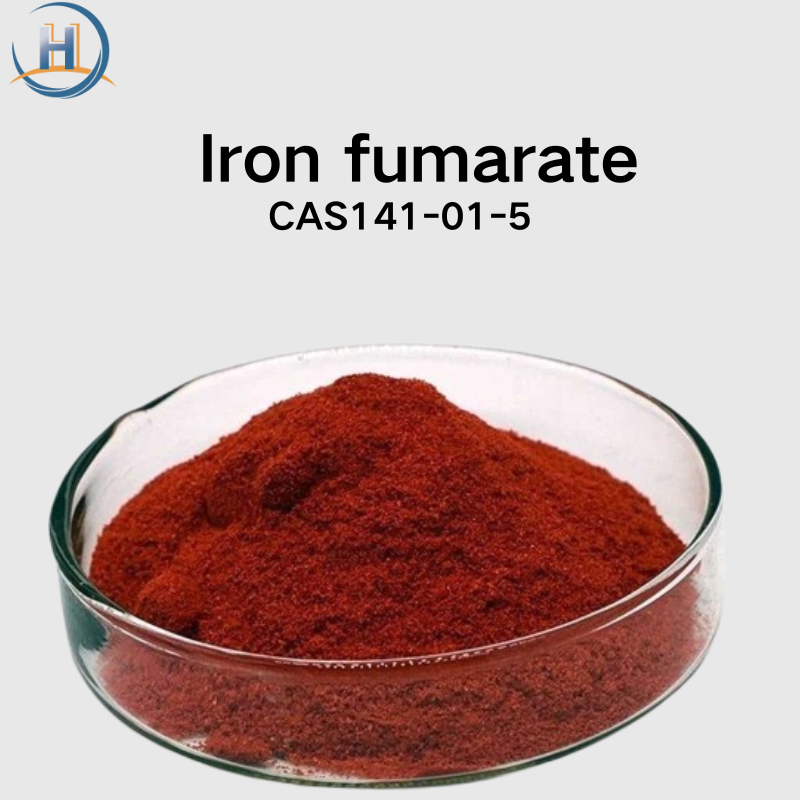-
Categories
-
Pharmaceutical Intermediates
-
Active Pharmaceutical Ingredients
-
Food Additives
- Industrial Coatings
- Agrochemicals
- Dyes and Pigments
- Surfactant
- Flavors and Fragrances
- Chemical Reagents
- Catalyst and Auxiliary
- Natural Products
- Inorganic Chemistry
-
Organic Chemistry
-
Biochemical Engineering
- Analytical Chemistry
-
Cosmetic Ingredient
- Water Treatment Chemical
-
Pharmaceutical Intermediates
Promotion
ECHEMI Mall
Wholesale
Weekly Price
Exhibition
News
-
Trade Service
Preface
Blood routine and hemagglutination test as a common blood test method in the test, which not only covers the test dynamics between the two systems, but also has a very wide range of applications in routine testing and emergency examination, as two relatively independent indicators, what kind of connection between the two in the development of certain diseases, and how should we correctly view the test report we are familiar with, here through a severe infection case, talk about those things
in the process of blood inflammation.
Case history
On September 23, a special report came into view during the review of the results, the results are as follows:
According to past experience, when C-reactive protein is extremely elevated, most of them are accompanied by a large increase in the total number of white blood cells, but in this result, the total number of white blood cells does not rise but falls, so what causes this result? Then the patient's other test results on the day were retrieved and analyzed
one by one based on the existing results.
From the two report sheets, it can be seen that in addition to abnormal elevation of C-reactive protein, the patient is accompanied by a decrease in the total number of white blood cells, anemia, and elevated
D dimer.
We know that when C-reactive protein is elevated, it indicates that there is an inflammatory response in the body, and as the inflammatory response increases, the concentration of C-reactive protein will also increase
.
In the blood routine results, C-reactive protein is as high as 146.
86mg/L, erythroid is mild anemia, in the hemagglutination test, D dimer is five times the normal value, but the total number of white blood cells does not rise but falls, why? In order to further analyze the situation, the patient's relevant case information is then retrieved to find answers
.
It can be seen in the case that the patient has no other diseases except fever, and is clinically diagnosed with type I respiratory failure and severe pneumonia
.
Continue to pay attention to the progress of the patient's disease course, severe pneumonia runs through the entire process of the patient's admission to discharge, and the test results are as follows (chronological order from right to left):
As can be seen from the table above, the following changes occur as the disease progresses:
(1) White blood cells: gradually rise, and neutrophils are mainly elevated
.
(Right to Left)
(2) Platelets: gradually decreasing
.
(Right to Left)
(3) C-reactive protein: showing an insignificant decrease
.
(Right to Left)
(4) D dimer: showing an upward trend, and then fluctuating
within a certain range.
(Right to Left)
It is not difficult to see from the above results that with the progression of the disease, white blood cells (neutrophil-based), D dimer (initial result 5.
02ug/mL) gradually increased, platelets gradually declined, red blood cells and C-reactive protein changed, but the magnitude was not obvious
compared with the former two.
So what causes this situation? Let's analyze
them one by one.
Case study
Neutrophils trigger activation of the kinin system, inducing blood aggregation
From the increase in the absolute number of neutrophils and the simultaneous increase in C-reactive protein, it can be seen that a more serious inflammatory response occurs in the patient, and the severity
increases with the prolongation of the course of the disease 。 When the inflammatory response gradually increases, with the intervention of inflammatory mediators, the kinin system is activated, promoting the activation of factor XII, which in turn causes fibrin production through the endogenous coagulation pathway, and then accompanied by the activation of the fibrinolytic system, so that the degradation of the produced fibrin, resulting in a gradual increase in fibrin degradation products (D dimer, FDP, etc.
), here manifested as D dimer synchronously increases with the progression of the inflammatory process [1].
Platelets are directly involved in inflammation-mediated clotting, resulting in excessive platelet consumption
In the process of inflammatory response, the damage to the inner wall of blood vessels exposes the subendothelial stroma, platelets aggregate to form thrombus, and under the activation of inflammatory mediators, coagulation function is enhanced, thereby accelerating the coagulation process
.
When pathogens invade, the body is infected by bacterial or viral infections, and platelets act on bacteria or coordinate immune cells to carry out antibacterial and anti-infection through adsorption [2].
With the further aggravation of the inflammatory response and the increase of body temperature [3], platelets are consumed in large quantities, and when the number of platelets produced during bone marrow hematopoiesis is not as good as the number consumed, resulting in a decrease
in the number of platelets.
Red blood cells are formed as carriers involved in the inflammatory response
In the inflammatory environment, inflammatory anemia can be caused at the same time [4], which is reflected in the intervention of inflammatory mediators that not only activates the coagulation system but also the complement system through the kinin system
.
With the action of the complement system, the pathogen engulfed by neutrophils and the pathogen itself are adsorbed to the surface of red blood cells with the participation of complement, and move with the migration of red blood cells, when moving to the spleen, the residual pathogens and adsorbed red blood cells are filtered and cleared in the spleen, resulting in a large number of destruction of red blood cells, resulting in anemia, clinical manifestations of hypersplenism and anemia
.
Why does the inflammatory response "need" to activate the clotting system?
It is well known that neutrophils or monocytes-macrophages clear foreign substances through migration and phagocytosis, and this mechanism can meet the needs when encountering pathogens that are relatively fixed or moving slowly, but if the pathogen itself has a high speed of movement, this mechanism of neutrophils will not be able to complete this clearance
.
Therefore, it is necessary to limit the space for pathogen activity, and this role is performed by the coagulation system
mentioned earlier.
During the inflammatory response, the activation of the coagulation system makes a large number of interwoven fibrin, and the platelets attach to limit the size of the "grid", which can greatly limit the range of activity of the "foreign matter" and help white blood cells kill it
.
Summary
Through the above analysis, it can be seen that in the entire process of the inflammatory response, there are not only direct responses of various types of white blood cells, but also involve the participation of multiple other systems, such as red blood cells, platelets and coagulation systems
.
The entire analysis of disease progression shows that in reviewing the results, in terms of a single and single test result, it can provide only limited assistance
to the disease itself.
Throughout the development and treatment of the disease, the results of a single test show only a certain "facet"
in the course of the disease.
In order to control the development and treatment process of the disease, we need to look at the test results from a "dynamic and developmental" perspective, and at the same time combine as many other relevant test indicators as possible to analyze the problem from a more comprehensive perspective, and must not leave aside the disease itself
.
References:
[1] XU Yasheng, ZHANG Bo.
Analysis and treatment experience of inflammatory response and coagulation dysfunction in critically ill patients with novel coronavirus pneumonia[J].
Chinese Journal of Evidence-Based Cardiovascular Medicine,2021,13(02):210-213+217.
)
[2] ZHANG Fan,WANG Zhe,HU Kun,XIANG Qian,CUI Yimin.
The role of platelets in inflammation:pro-thrombosis and immune function[J].
Chinese Journal of Clinical Pharmacology,2022,38(17):2089-2093.
)
[3] XU Ling,WANG Hua,LIANG Boyun,WANG Tong,ZHENG Xin,PENG Cheng.
Clinical features and significance of coagulation dysfunction in fever with thrombocytopenia syndrome[J].
Chinese Journal of Internal Medicine,2022,61(07):793-796.
)
[4] ZHANG Mengxue, WANG Xiaoqin.
Pathogenesis and diagnostic progress of inflammatory anemia associated with iron homeostasis[J].
Diagnostics-Theory & Practice,2018,17(05):601-605.
)







